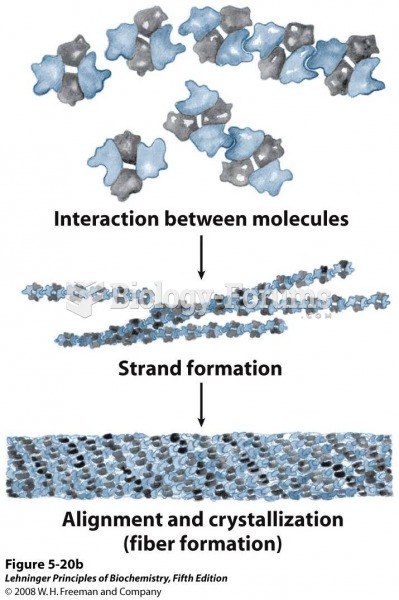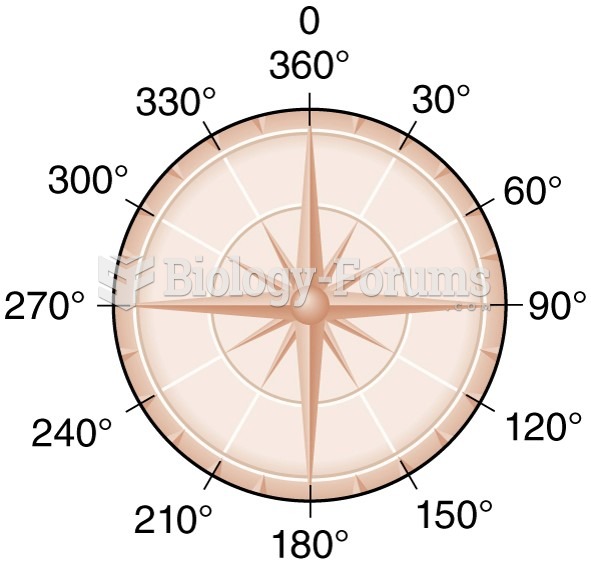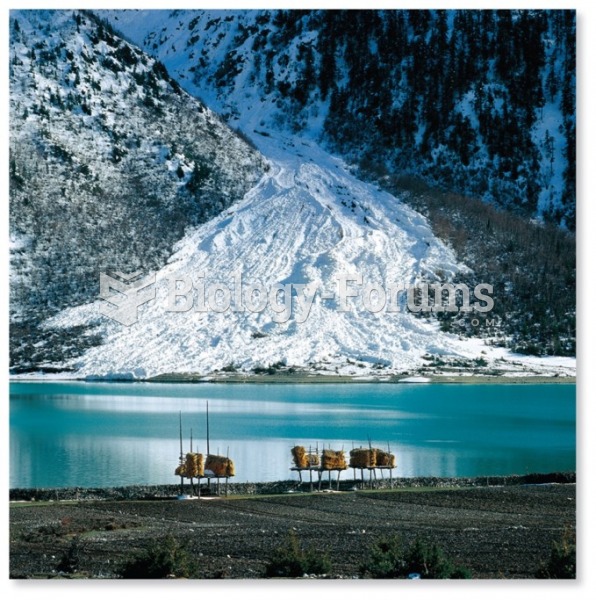Answer to Question 1Surface winds across most of the tropical Pacific normally move from east to west. The trade
winds blow from the normally high-pressure area over the eastern Pacific to the normally
stable low-pressure area over the western Pacific. However, for reasons that are still unclear,
these pressure areas change places at irregular intervals of roughly 3 to 8 years: high pressure
builds in the western Pacific, and low pressure dominates the eastern Pacific. Winds across
the tropical Pacific then reverse direction and blow from west to eastthe trade winds
weaken or reverse. This change in atmospheric pressure (and thus in wind direction) is called
the Southern Oscillation. The trade winds normally drag huge quantities of water westward
along the oceans surface on each side of the equator, but as the winds weaken, these
equatorial currents crawl to a stop. Warm water that has accumulated at the western side of
the Pacificthe warmest water in the world oceancan then build to the east along the
equator toward the coasts of Central and South America. The eastward-moving warm water
usually arrives near the South American coast around Christmastime and the current was
given the name, El Nio. The phenomena of the Southern Oscillation and El Nio are
coupled, so the terms are often combined to form the acronym ENSO, for El Nio/Southern
Oscillation. An ENSO event typically lasts about a year, but some have persisted for more
than three years. The effects are felt not only in the Pacific; all ocean areas at trade wind
latitudes in both hemispheres can be affected.
Answer to Question 2Wind blowing parallel to shore or offshore can cause coastal upwelling. The friction of wind
blowing along the ocean surface causes the water to begin moving, the Coriolis effect
deflects it to the right (in the Northern Hemisphere), and the resultant Ekman transport moves
it offshore. Coastal upwelling occurs when this surface water is replaced by water rising
along the shore. Because the new surface water is often rich in nutrients, prolonged wind can
result in increased biological productivity. The opposite processes occur during downwelling.
Wind blowing from the south along a Northern Hemi- sphere west coast for a prolonged
period can result in downwelling. Water driven toward a coastline will be forced downward,
returning seaward along the continental shelf. Ekman transport moves water shoreward to
replace the water. This downwelling helps supply the deeper ocean with dissolved gases and
nutrients, and it assists in the distribution of living organisms. Areas of downwelling are
often low in nutrients and therefore relatively low in biological productivity.







